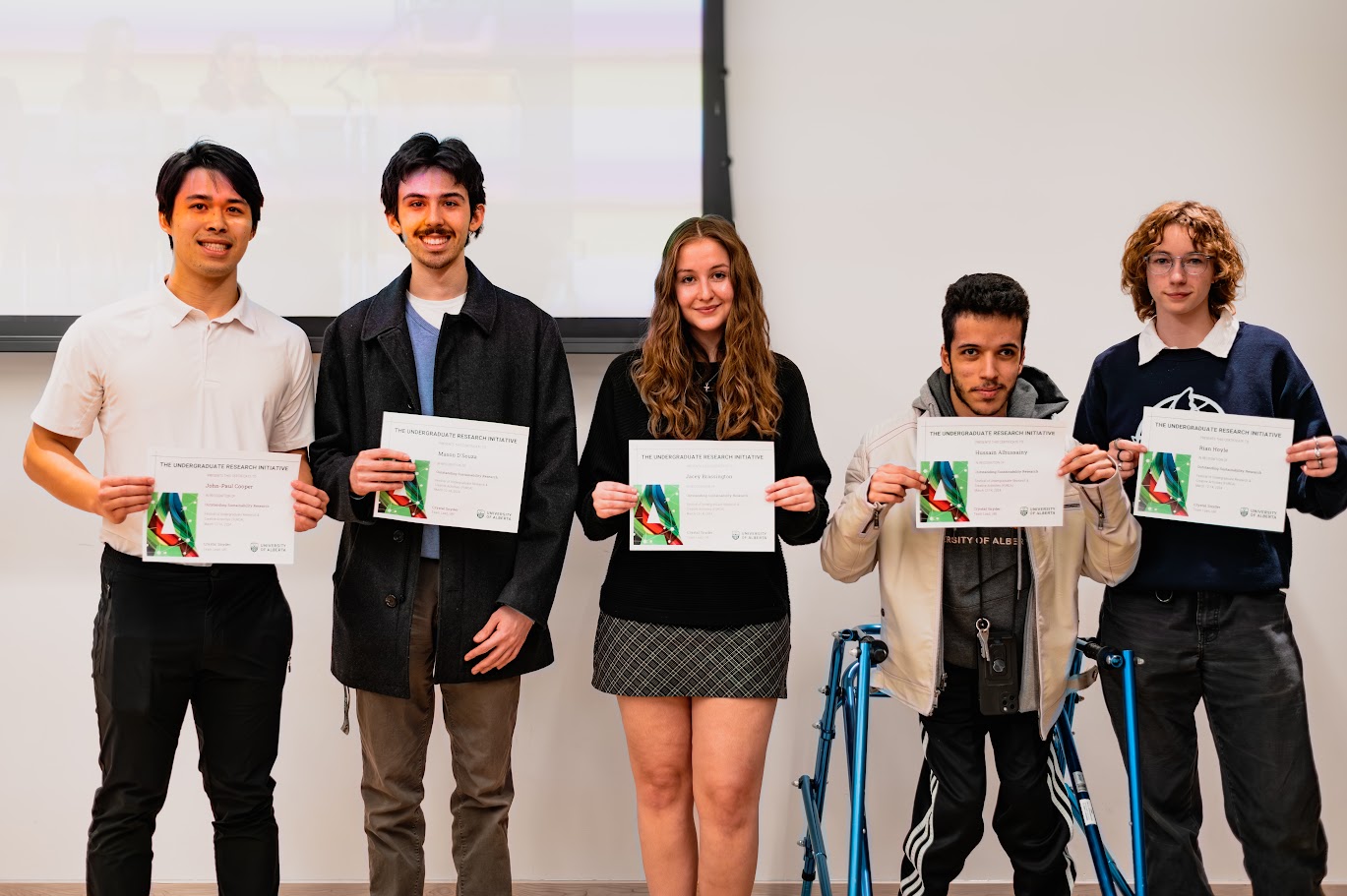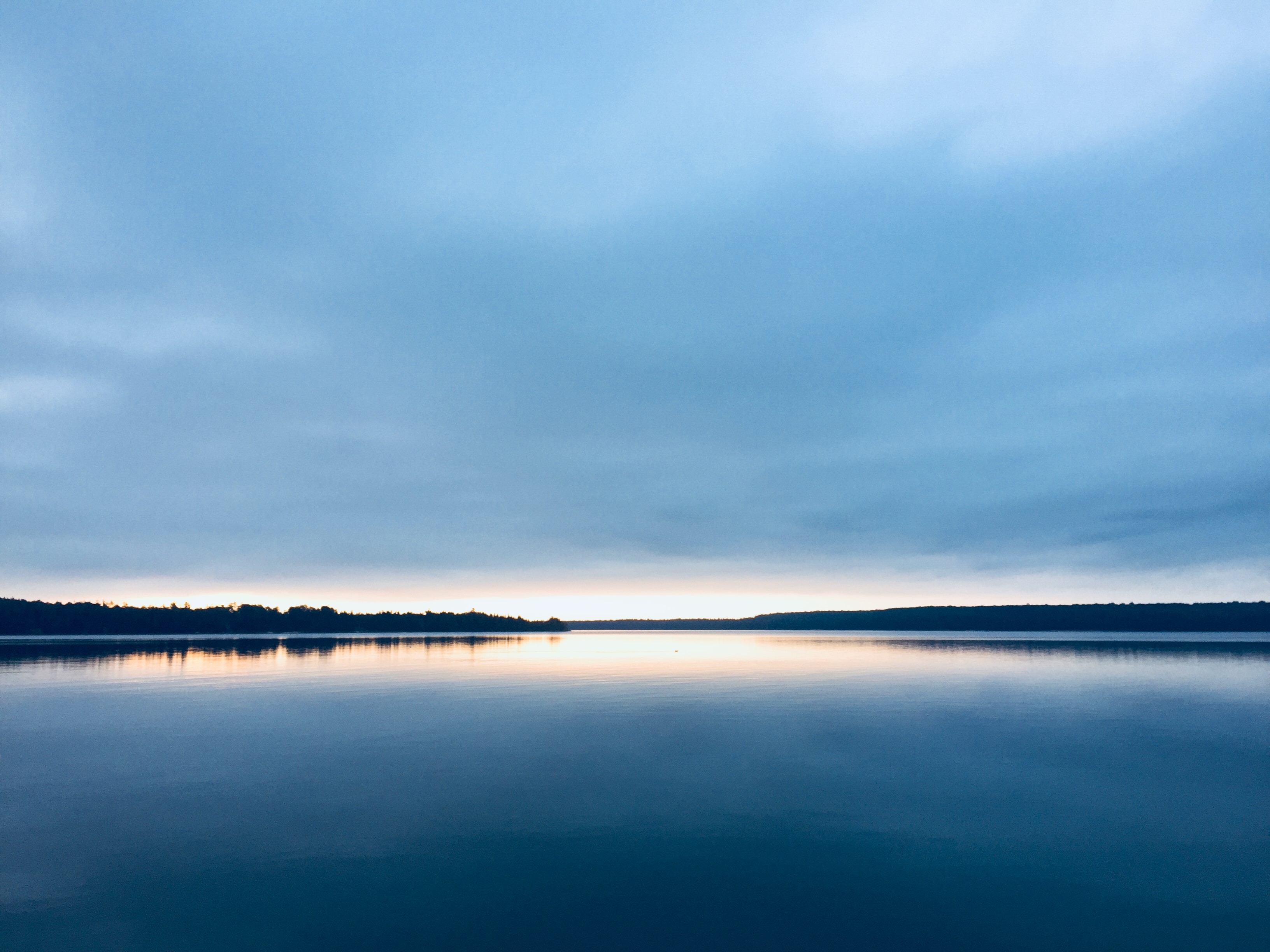Making ‘Creator’s Lake’ climate resilient

Lac Ste. Anne, a lake 75 kilometers west of Edmonton, is a place of spiritual significance for many Indigenous people. It is the site of the annual Lac Ste. Anne Pilgrimage, a gathering in which many Indigenous people from across North America join to celebrate the Feast of Saint Anne. It is called Manitou Sakahigan, or Spirit Lake, in Cree. It is called Wakâ Mne, meaning God’s Lake or Creator’s Lake, in Stoney. And, due to climate change, industrial-scale agriculture, open-pit mining and other human activities, its ecosystems are under intense pressure.
Warmer water temperatures and agricultural runoff have created blooms of algae and other aquatic vegetation that absorb as much solar energy from photosynthesis as nearby land forests, choking fish and disrupting ecosystems. The changes to the lake also prevent the Indigenous people from Alexis Nakota Sioux Nation, which rests on the shores of Lac Ste. Anne, from realizing their treaty rights to hunt, fish and survive off their land, according to Dr. Hughie Jones.
Jones’s team at the Wakâ Mne Science & Culture Initiative is trying to understand the scale of the problem so that they can help shape policy that may help to repair the lake’s ecosystems and help local communities adapt to a future of worsening climate change.
In the past two years, Wakâ Mne has hired five interns from the Adaptation Resilience Training program (ART), which offers eight-month climate adaptation work placements for recent graduates and undergraduates. Jones says that the program has been instrumental in growing the initiative and that he has hired several ART interns after their placements ended.


